New COVID-19 Case Numbers Continue Slow Decline, But It May Not Last
Lower numbers last week are encouraging, but local officials and public health experts are anxiously watching social distancing behaviors during the Memorial Day weekend. Will a surge in cases follow a week that ended in a downward trend? We have the bullet points for your day.
- New cases continue to slowly drop, but it was a deadly week last week
- Danger ahead?
- Royal Lane Baptist site of food/testing initiative today
New Cases Continue to Slowly Drop, But Deadly Week Last Week
A total of 554 new cases of the novel coronavirus have been reported by Dallas County health officials between Friday and Sunday, and an additional eight deaths, bringing the county’s total cases up to 8,827, with 211 total deaths.
For comparison’s sake, the total cases last Sunday was 7,455, with 176 total deaths.
The county reported 204 new cases and four deaths on Friday, 172 new cases and three deaths on Saturday, and 178 cases and one death on Sunday.
“We had 40 deaths this week, including the three that were announced today, and this is up from 27 last week,” Dallas County Judge Clay Jenkins said Saturday. “The hospitalizations for COVID-19, ICU admissions, and emergency room visits for COVID-19 symptoms have remained flat over the last week. Overall, this week has been good news and we will hopefully begin to see a decline, but that is entirely up to you.”
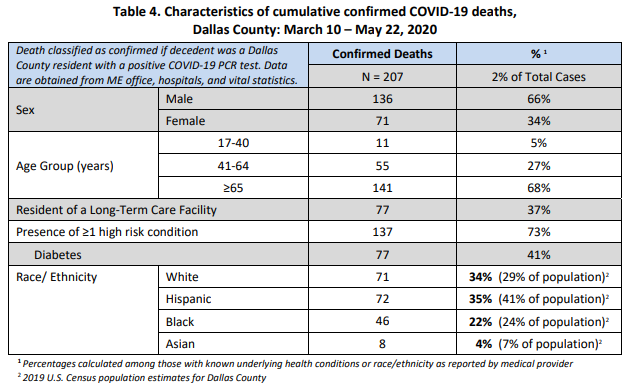
Those who died include a Dallas man in his 50s, a Dallas woman in her 70s, a Dallas man in his 70s, and a Seagoville woman in her 80s. All four had been critically ill in local hospitals, and the latter did not have any known underlying high-risk health conditions, county health officials said Saturday.
Four other individuals lived in long-term care facilities, which account for a third of the 211 deaths so far. A man in his 70s who lived in a Richardson facility had underlying high-risk health conditions, as did a man in his 80s who lived in a Mesquite facility. A man in his 80s who lived in an Irving facility had been hospitalized prior to dying, and a man in his 80s died in the Mesquite facility in which he resided.
“Unfortunately, none of this leads to the 14-day decline that the doctors have talked about, so we are still at that red ‘stay home stay safe’ zone,” Jenkins said, adding that hospitalizations and emergency room visits remain flat.
In his evening newsletter, Dallas Mayor Eric Johnson said that 25 hospitals reported their bed availability Sunday. Of the 6,409 total beds, 63% are occupied. A week ago, we reported that of 5,713 total beds, 65% were occupied.
Of the 885 ICU beds available, 71% are occupied – last Monday, there were 826 available, with 68% of them occupied. And 338 of the total 984 ventilators available were in use as of Sunday. Last week, there were 945 ventilators available, with 311 in use.
In other words, despite having more ICU beds available, the number of occupied critical care beds reached 71% Sunday, and despite having more ventilators, the number in use also increased.
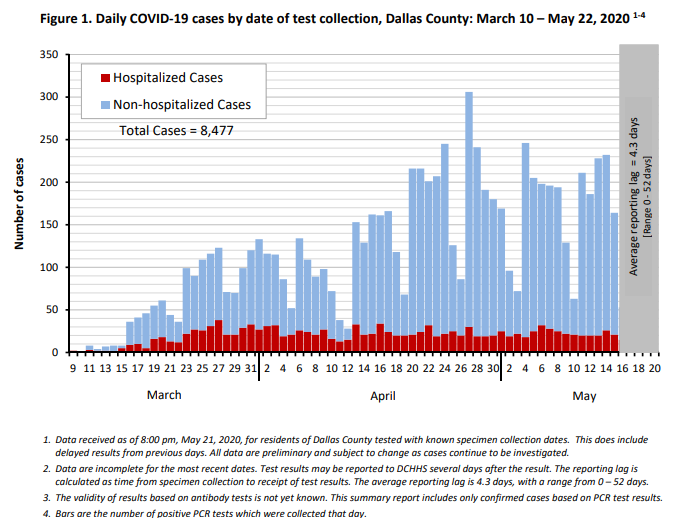
Of cases requiring hospitalization who reported employment, about 83% have been critical infrastructure workers including those in healthcare (14%), transportation (14%), food and agriculture – which includes grocery stores and places you can buy food (15%), public works (13%), finance (4%), communications (2%), teachers, real estate, and clergy (6%), and first responders (3%).
In the county’s May 22 aggregate report, most cases continue to be between the ages of 18 and 60, with the 18-40 age group accounting for 40% of the cases, and the 41-64 age group accounting for 41% of the total cases.
 Close contact or community transmission continues to be the biggest risk factor for contracting COVID-19, accounting for roughly 86.6% of all cases. Living in a long-term care facility, being incarcerated in the county jail, and domestic travel are a distant second, third, and fourth, at 5%, 4.1%, and 1.5%, respectively. Creeping up, though, are cases from meat and food processing facilities, which now account for 1.2% of all cases in the county.
Close contact or community transmission continues to be the biggest risk factor for contracting COVID-19, accounting for roughly 86.6% of all cases. Living in a long-term care facility, being incarcerated in the county jail, and domestic travel are a distant second, third, and fourth, at 5%, 4.1%, and 1.5%, respectively. Creeping up, though, are cases from meat and food processing facilities, which now account for 1.2% of all cases in the county.
Of the testing done, positive cases accounted for 10.8% of tests at local hospitals as of May 16, down slightly from 11.6% as of May 2, with 432 positives coming from 3,991 tests. However, testing and positive test results of COVID-19 far outpaces any other respiratory virus – even if you combine them all.
It’s also worth noting that there seems to be a bit of a lag. Last week, when we reported the May 9 numbers, 10.9% of the 4,151 tests came back positive. That number changed, as you can see above, by the time the aggregate report for May 22 came out. Since May 2 showed an 11.3 percent positive rate, over time, it appears that the percentage of positive tests performed at local hospitals has remained fairly flat.
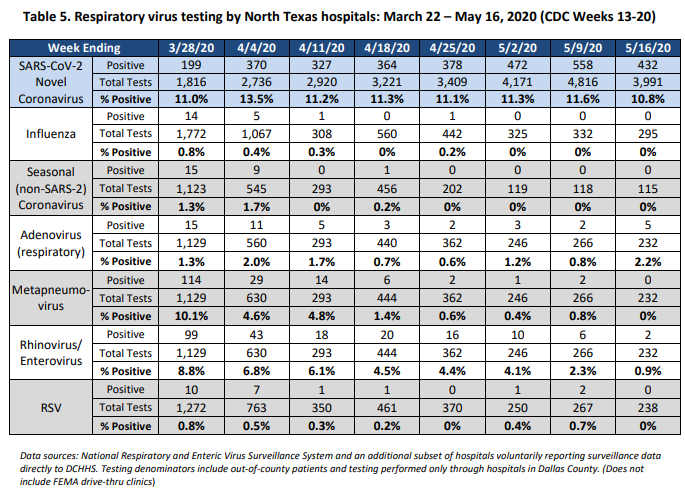
Hospitalizations because of COVID-19 have also eclipsed influenza hospitalizations on a weekly basis, too, and have for some time. It likely won’t be long before total hospitalizations from COVID-19 will eclipse total flu hospitalizations, and ICU admissions and deaths already have eclipsed flu numbers.
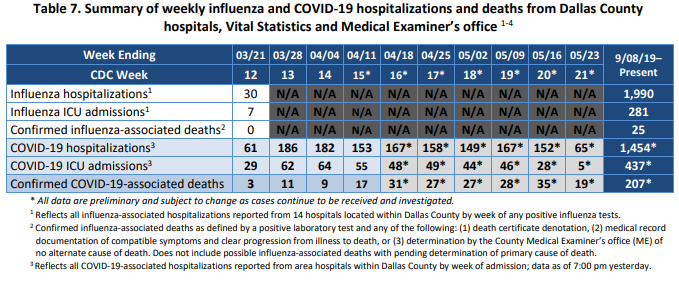
Seventeen percent of all cases ended up hospitalized – 30% ended up in critical care, and 18% ended up on a ventilator.
In a city-by-city breakdown, Dallas still comes in with the highest number of cases – 4,737, or 55.9%. Highland Park has 18 cases so far, and University Park has 26.
The county does not count recoveries because it’s not a variable being used nationally by the Centers for Disease Control and Prevention, nor by state health departments. However, one can extrapolate that the 83% of total cases that have not been hospitalized – at the very least – are on their way to recovery or have recovered, county officials explained recently.
“The exact number of patients who have been released from area hospitals to continue their recovery at home is not available at this time,” Lauren Trimble, Dallas County Judge Clay Jenkins’ chief of staff, said.
Statewide, 762,706 tests have been administered, with 55,348 testing positive in 227 counties, and 1,519 deaths so far.
Danger Ahead? Three Different Models Predict Renewed Surge Near
Three different models are taking a look at the social distancing habits of Americans, and all three are predicting potential problems in our current downward trend of new COVID-19 cases.
The PolicyLab at Children’s Hospital of Philadelphia shows projected COVID-19 cases across nearly 400 U.S. counties for the next four weeks based on current social distancing practices. While its projections have been a bit off this week (while it predicted a slowing, its numbers were actually a little higher than what Dallas County reported), they still jibe with two other models (more on that in a minute).
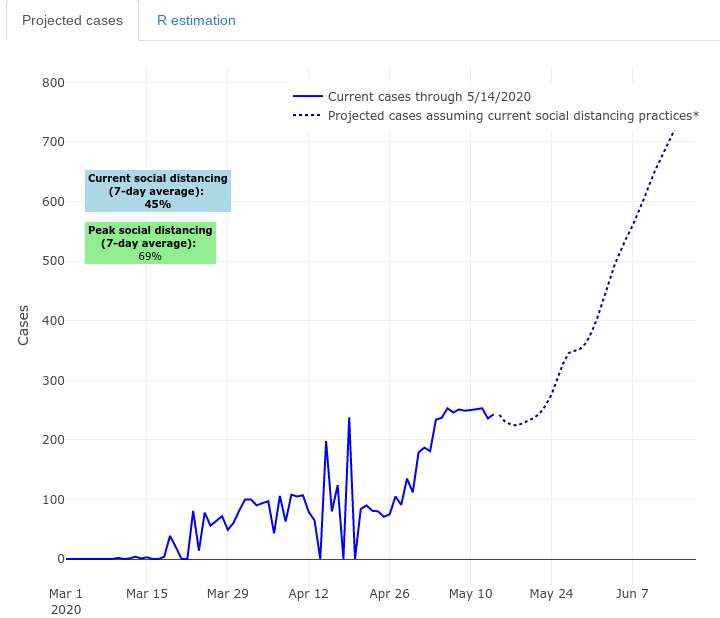
Researchers developed the model that tracks and projects COVID-19 transmission across 389 U.S. counties. The newly released updates forecast the number of coronavirus cases communities could have in the next 30 days based on a three-day average of their current social distancing practices. That is determined by the change in travel to non-essential places compared to behavior before the outbreak.
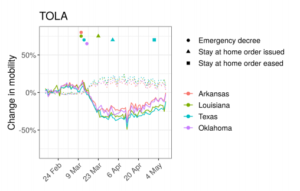
The Imperial College London’s model uses cell phone data (much like the tracker created by Unacast that we wrote about last week). According to the model, people significantly reduced their movements during stay-at-home orders that began in March.
Researchers sought to see what a freer holiday weekend might look like with Memorial Day coming up, and found that 24 states are nowhere near containing the spread well enough to support the movement taking place, including Texas – which is at the top of the list.
In the Imperial College model, researchers are modeling based on R naught – the average number of people one infected person can spread COVID-19 to in a vulnerable population. Below one? That means, on average, an infected person doesn’t have access to very many people, and the chances of it spreading beyond that infection are low. A person with COVID-19 who is observing social distancing guidelines (and has been) will have little opportunity to infect anyone else.
Above 1? That means that an infected person has access to all kinds of people, and can spread it easily. The model’s estimates for Texas are close to what other models are showing as well.
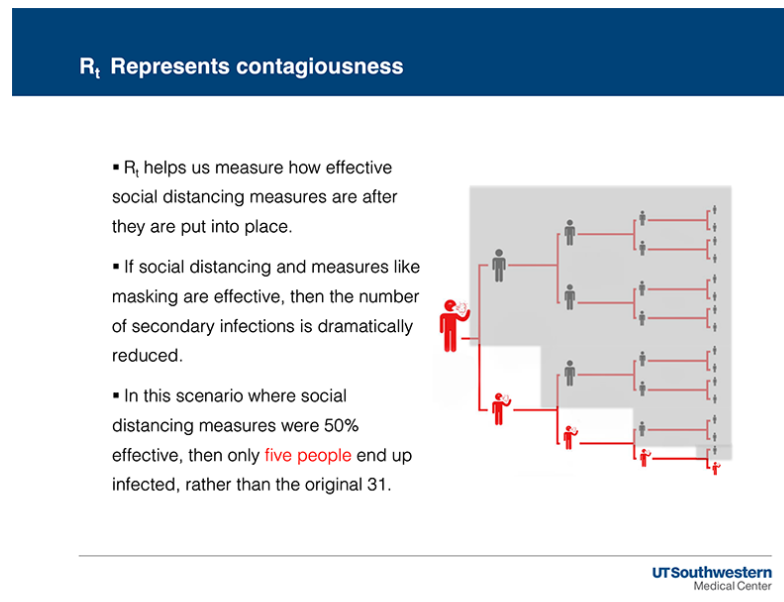
And that would include a recent study from experts at UT Southwestern and the Center for Infectious Disease and Policy, which indicates that North Texas could be in for a bigger spike this summer, with smaller aftershocks throughout 2021. The study predicts that the area could see roughly 280 cases per day on average by June.
Researchers said that a trial run of their model that compared the predictions it made to data from the past two weeks led them to say they give their predictions with 90% confidence.
Royal Lane Baptist Site of Food/Testing Initiative Today
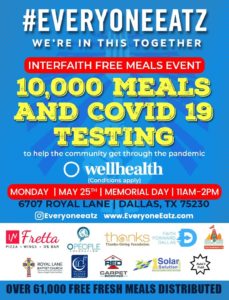 The EveryoneEatz organization has been holding events all over North Texas designed to provide meals and access to COVID-19 testing. Today, from 11 a.m. to 2 p.m., the group will be holding an interfaith event at Royal Lane Baptist Church, located at 6707 Royal Lane.
The EveryoneEatz organization has been holding events all over North Texas designed to provide meals and access to COVID-19 testing. Today, from 11 a.m. to 2 p.m., the group will be holding an interfaith event at Royal Lane Baptist Church, located at 6707 Royal Lane.
“The location is very important as many in that area and surroundings have been trying to pick back up since the tornado hit, a few months ago,” organizers said on Facebook.
Those interested in being tested do need to register before arriving – you can do so here.
Want to help contribute to offset the cost of testing and meals? You can do that here.

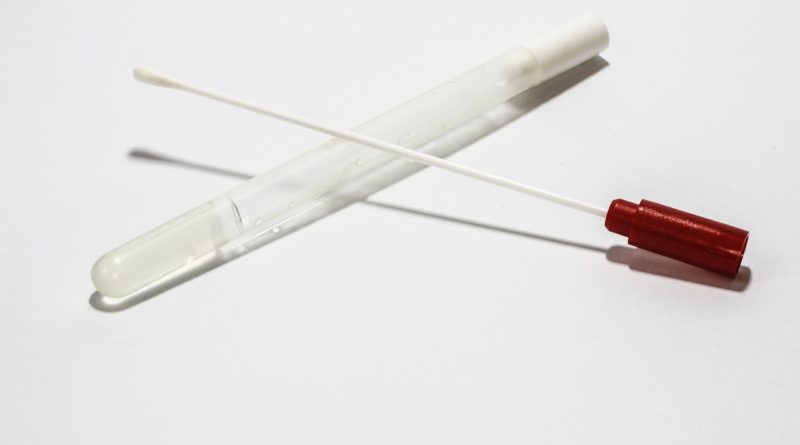

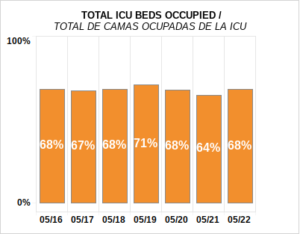
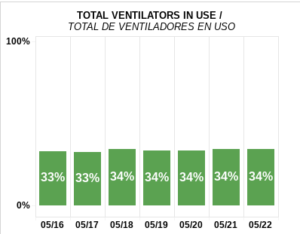
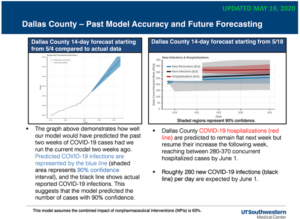
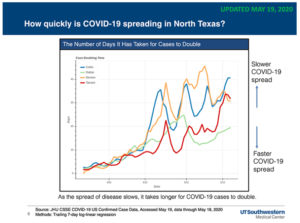








Pingback:Sheltered Diaries: Doing Your Homework on Safe Summer Activities | People Newspapers
Pingback:Abbott Opens Food Courts, Water Parks Under Phase II | People Newspapers